In the exciting world of aviation we generally take two points of view: on the one hand, the performance of the aircraft in flight and, on the other hand, the maintenance work performed when the aircraft is on the ground.
However, these two points of view leave aside a process that often seems simple, but is essential and involves all members of the aeronautical family: we are talking about the stages of flight of an aircraft.
For this reason, today at 360 Aviation Life we will talk about the different phases of flight of an aircraft , from the aircraft start-up to the final checks, listing also each of the agents involved in them together with their respective roles.
Take off for your future in aviation! Discover our exciting training courses and start taking your first steps in the wonderful world of aviation. Sign up today and start your journey to the heights!
Table of Contents
What are the stages of flight of an aircraft?
So let’s start by defining exactly what we call the stages of flight of an aircraft. This is the name given to the different phases of an aircraft’s flight.
The personnel involved in each of these stages will depend on whether the airport is controlled or operated from an uncontrolled aerodrome. In the first case, there are air traffic controllers, also known as ATC, for each phase in the flight. If, on the other hand, you are operating in an uncontrolled aerodrome, it is up to the pilots to communicate their intentions and positions at all times.
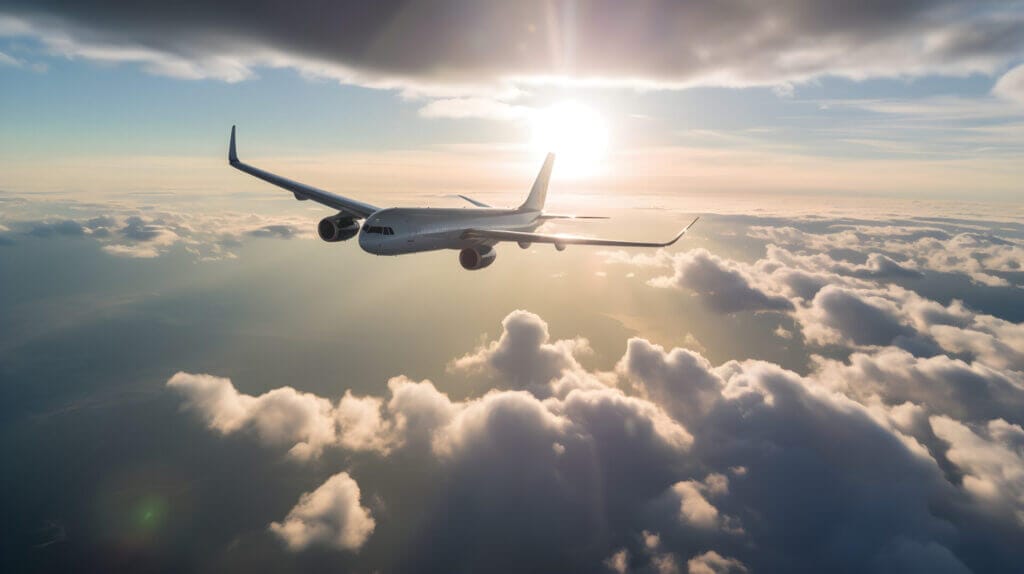
Likewise, there are some more conventional flight stages of aircraft , such as landing or taxiing, and others that are less frequent or involve more specific types of flight, such as a holding phase or dropping a load.
However, what actually defines what the phases of flight of an aircraft will be is the mission profile, which we will see immediately below.
Ready to fly high? At 360 Aviation Life we offer you the opportunity to learn and master the skills to enter the world of aviation with our training courses. Don’t miss this unique opportunity and take off for an exciting career!
Mission profile
Now that we know exactly what the stages of flight of an aircraft are, we have to talk about what in the aviation world we call the “mission profile“. This refers to a detailed description of the specific stages and actions to be carried out during an air mission.
This profile provides structured guidance for pilots and flight crew, indicating the procedures and parameters necessary to achieve mission objectives safely and efficiently. It also includes information such as the planned flight path, flight altitudes, important landmarks, communications, and navigation procedures.
The mission profile is developed by the aircraft operators, taking into account factors such as weather conditions, the aircraft weight and balance, airspace restrictions and operational requirements. By following the mission profile, pilots can stay on track and ensure that all actions are performed safely and effectively during flight.
What are the stages of flight of an aircraft?
As mentioned above, the stages or phases of an aircraft flight will depend largely on the type of flight, the type of airfield or airport used, and the Mission Profile of the flight.
For reasons of time and space, we will concentrate on the 7 most common flight stages and always assume that these are controlled airports. Therefore, keep in mind that there are other stages of flight of an aircraft and that the personnel involved are not the same in an uncontrolled airfield. With all these factors in mind, let’s start with the first of the phases of flight of an aircraft.
Do you want to enter the wonderful world of aviation and live an unparalleled experience? With Aviation 360 Life’s aviation courses, you can turn your passion into a profession. Don’t wait any longer! Sign up today and take the first step towards your future in aviation!
Taxiing
Taxiing is the first of the stages of flight of an aircraft. This is the process in which the aircraft begins to move on the ground, for example, on a runway or parking lot. Contrary to popular belief, the phases of flight of an aircraft begin when the aircraft begins to move, and not necessarily when it reaches altitude.
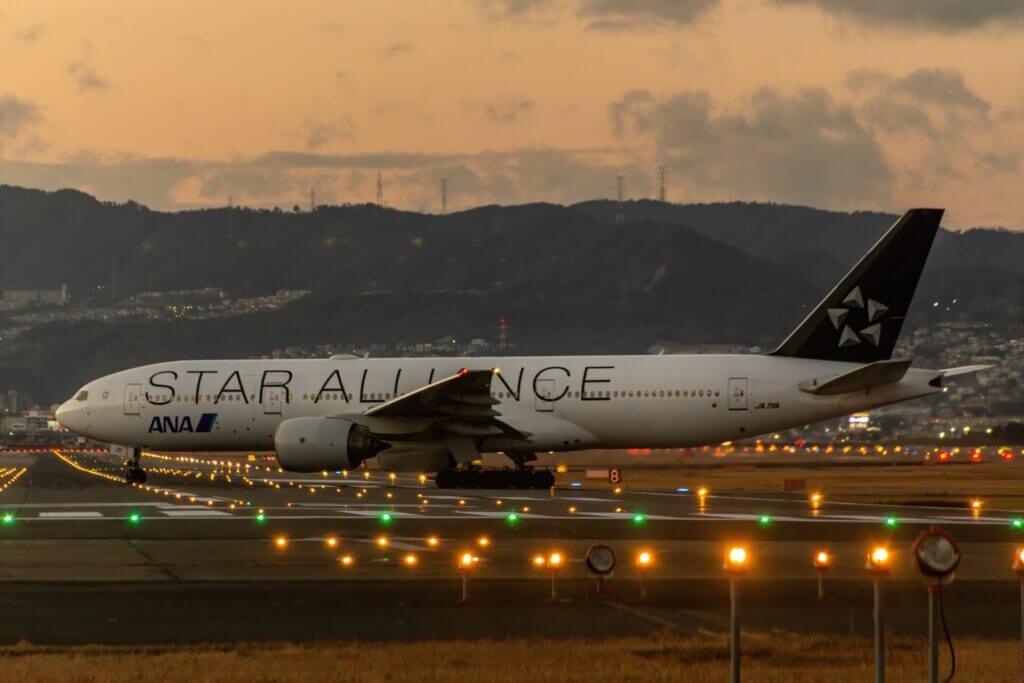
During taxiing, pilots follow the directions of the air traffic controllers and signs at the airport. They check aircraft systems, adjust flaps and control surfaces, and communicate with the control tower to obtain takeoff clearance.
Briefly, the personnel involved in this stage of an aircraft’s flight and their respective functions can be listed as follows:
- Pilots: Verification of systems, adjustment of controls and communication with the control tower.
- Air Traffic Controllers (ATC): Supervision and coordination of aircraft movement on the ground.
- Ground personnel: Supervision and assistance in taxiing the aircraft.
Take-off
Probably one of the best-known of the stages of flight of an aircraft, the take-off is the phase in which the aircraft accelerates from zero speed to the speed necessary to rise to a certain altitude for take-off.
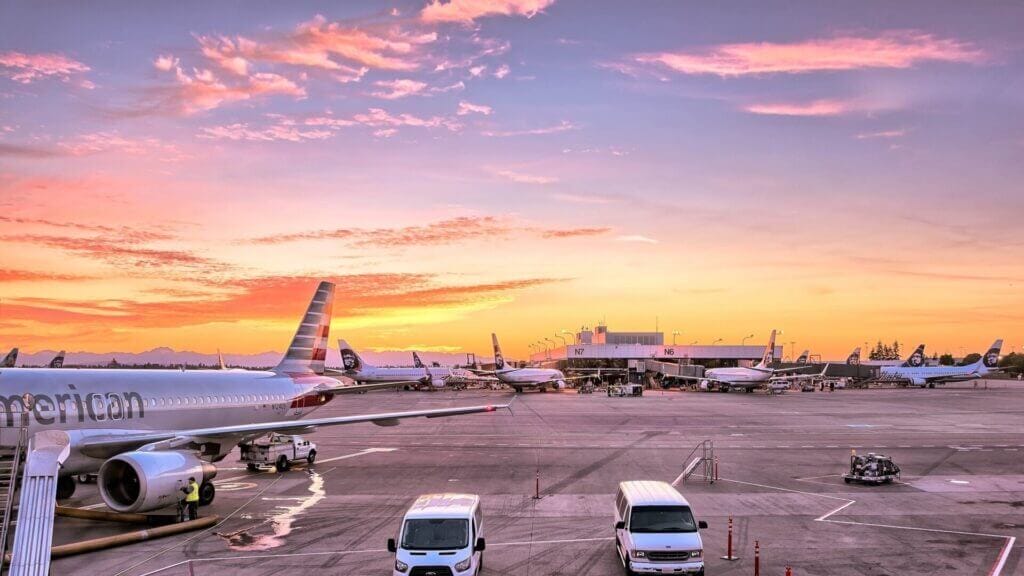
In general, for windless takeoffs over commercial aircraft runways, this altitude is taken as 35 feet or 10 meters but varies according to the type of flight and the class of aircraft involved.
Obviously, pilots are the backbone of this phase, but ATC and ground personnel continue their supervisory and coordinating roles during this stage, so we should never dismiss them or take their work as secondary.
Climb or Ascention
As the name implies, the objective of this stage of an aircraft’s flight is to reach the altitude at which the aircraft will begin cruise flight. During the ascent, pilots follow a specific trajectory to gain altitude and stabilize the aircraft, performing a series of tasks such as adjust the flaps and the landing gear to carry out the necessary verifications in the systems and communicate with ATCs, who will supervise and guide the aircraft during the ascent.
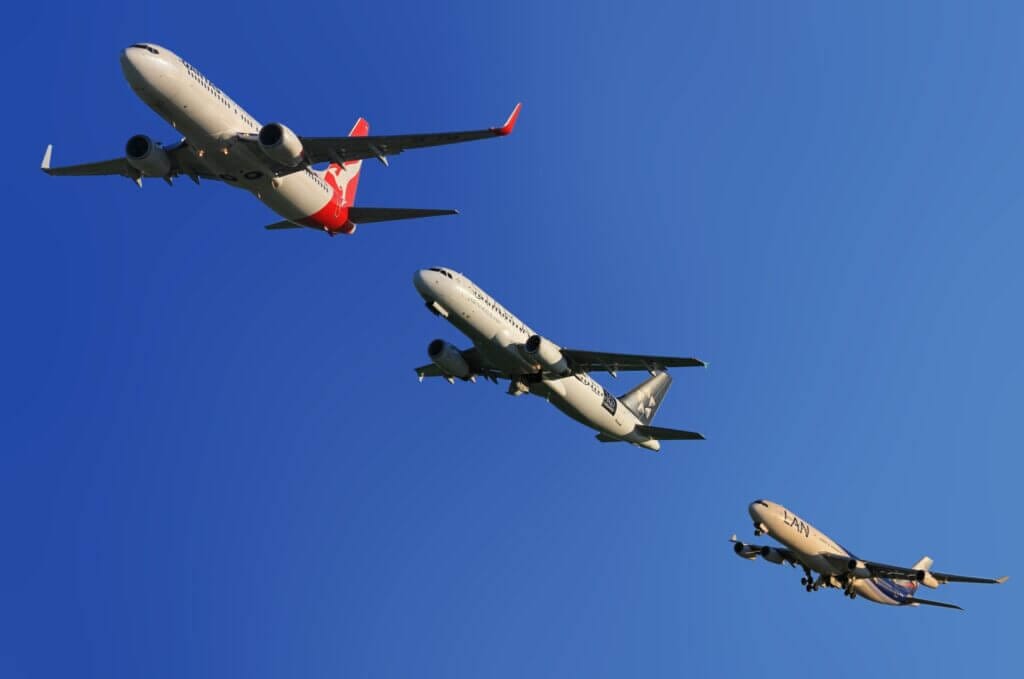
In addition, during this phase they must be aware of some parameters that are constantly changingsuch as, for example, the air densitythe aircraft weight and the fuel consumptionThis is one of the stages of flight of an aircraft that demands the most attention from both pilots and ATC.
Cruise
During the Cruise phase, pilots establish a constant cruising altitude and speed, which balances the four main forces (drag/thrust and lift/weight).
However, the altitude at which this flight stage will be performed may be determined by the flight plan (in the case of an instrument flight), or it may be at the pilot’s discretion (in the case of a VFR flight).
This is another of the stages of flight of an aircraft that requires maximum attention from pilots, who must perform periodic system checks, monitor the aircraft’s performance and follow the planned flight path.
Descent or Decrease
As everything that goes up has to come down, one of the stages of flight of an airplane is the Descent, also known as “Decrease“. This is a basic maneuver in which the aircraft begins to lose altitude in a controlled manner by flying in a downward trajectory.
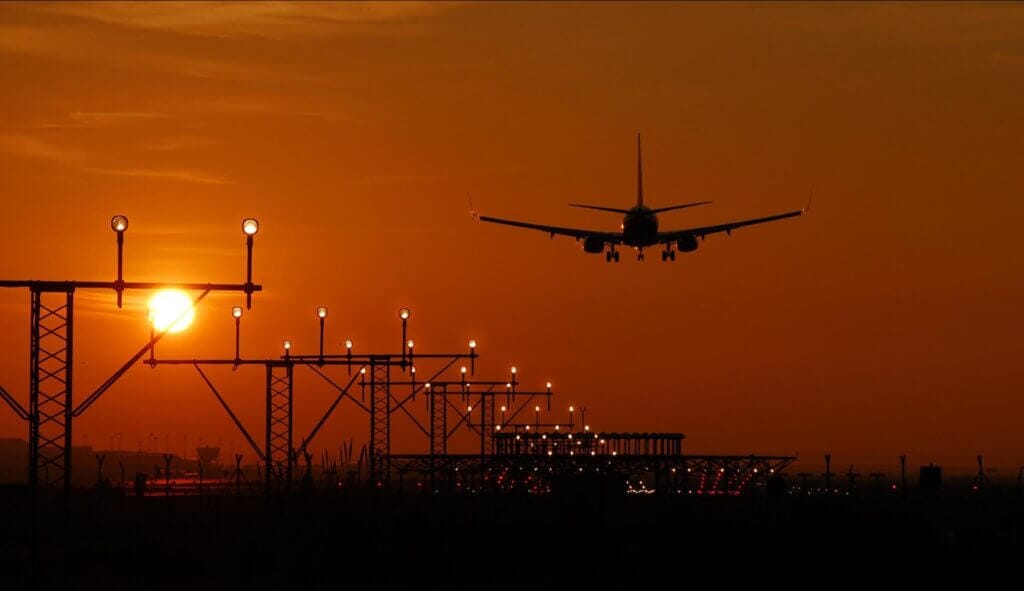
This is nothing more nor less than the phase that connects the end of the cruise flight with the beginning of the approach to the destination airport, so it could be said that this is the stage that implies the beginning of the end of any flight.
Approach
Although it could be taken as a flight stage attached to the Descent, we prefer to separate the Approach and take it as a separate phase.
This is because it is the preparation of the landing of the aircraft prior to the authorization of the control tower, if it is a controlled airport. Otherwise, the pilot must communicate his position and intentions by the available radio frequency.
In the absence of immediate clearance to land, the aircraft may conduct what is known as a “holding circuit,” in which the aircraft is flown on a standardized circuit specified on aeronautical navigation charts until ATC gives permission to land.
Landing
The last of the stages of flight of an aircraft, the Landing, as its name indicates, is the moment when the aircraft approaches the destination airport and prepares to land on the runway assigned by the control tower.
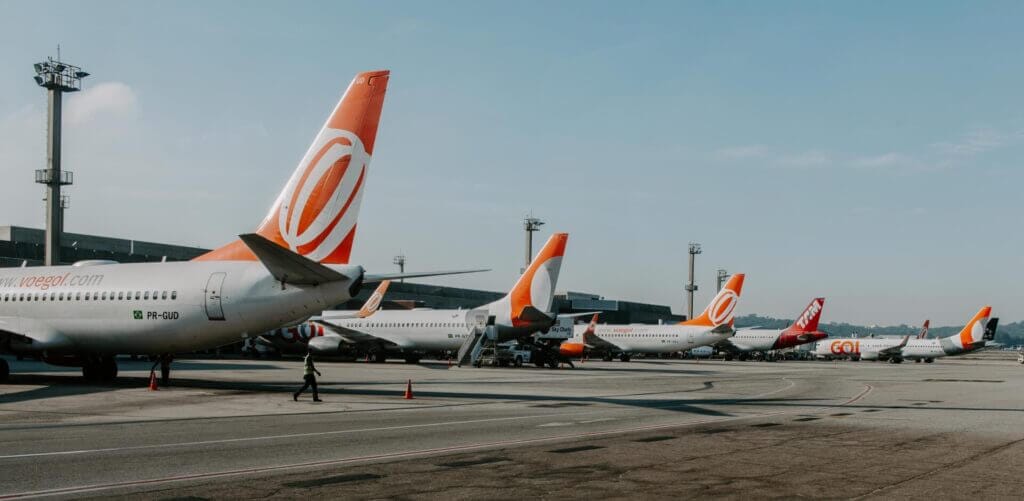
In this last phase of flight, the landing gear will make contact with the runway, while the aircraft decelerates until it reaches speed 0 or enough to taxi to the parking position.
Conclusion
As we have seen, the stages of flight of an airplane have their “intuitive” parts for anyone, even if they are not familiar with the world of aviation. However, these phases are not merely reduced to take-off and landing but form a complex process involving many members of the aviation family.
For this reason, knowing the stages or phases of an aircraft’s flight is essential not only because it constitutes a basic knowledge for the industrybut also because involve all members of the great aviation familyTherefore, it is extremely important that each of them has a clear understanding of their role and function in each of these stages.
At 360 Aviation Life we can give you the training you need to enter the world of aviation and take part in some of the phases of aircraft flight. Discover our training courses and acquire the skills you need to take off in your career. Sign up now and get ready to challenge the limits of gravity!
Sources
IBM – Mission profile configuration.
Sociedad Aeronáutica Española – The phases of a flight, beyond takeoff and landing.
Frequently Asked Questions
What are the stages of flight of an aircraft?
The stages of flight of an aircraft refer to the different phases that an aircraft goes through during its flight. These stages may include taxiing, takeoff, climb, cruise, descent, approach and landing.
What is the mission profile of an aircraft flight?
An aircraft flight mission profile is a detailed description of the specific steps and actions to be carried out during an air mission. It includes information such as the planned flight path, flight altitudes, important landmarks, communications and navigation procedures. Helps pilots and flight crew achieve mission objectives safely and efficiently.
Why are the stages of flight of an aircraft important in aviation training?
The stages of aircraft flight are fundamental in aviation training because they provide a complete understanding of the different aspects and procedures involved in the flight of an aircraft. Knowing and mastering these stages is essential to ensure the safe and efficient handling of the aircraft during each phase of the flight.
What are the specific stages of an aircraft’s flight?
The specific stages of an aircraft’s flight may vary, but the most common include taxiing, take-off, climb, cruise, descent, approach and landing. Each stage has its own characteristics and operational requirements that must be mastered by pilots and flight crew.





